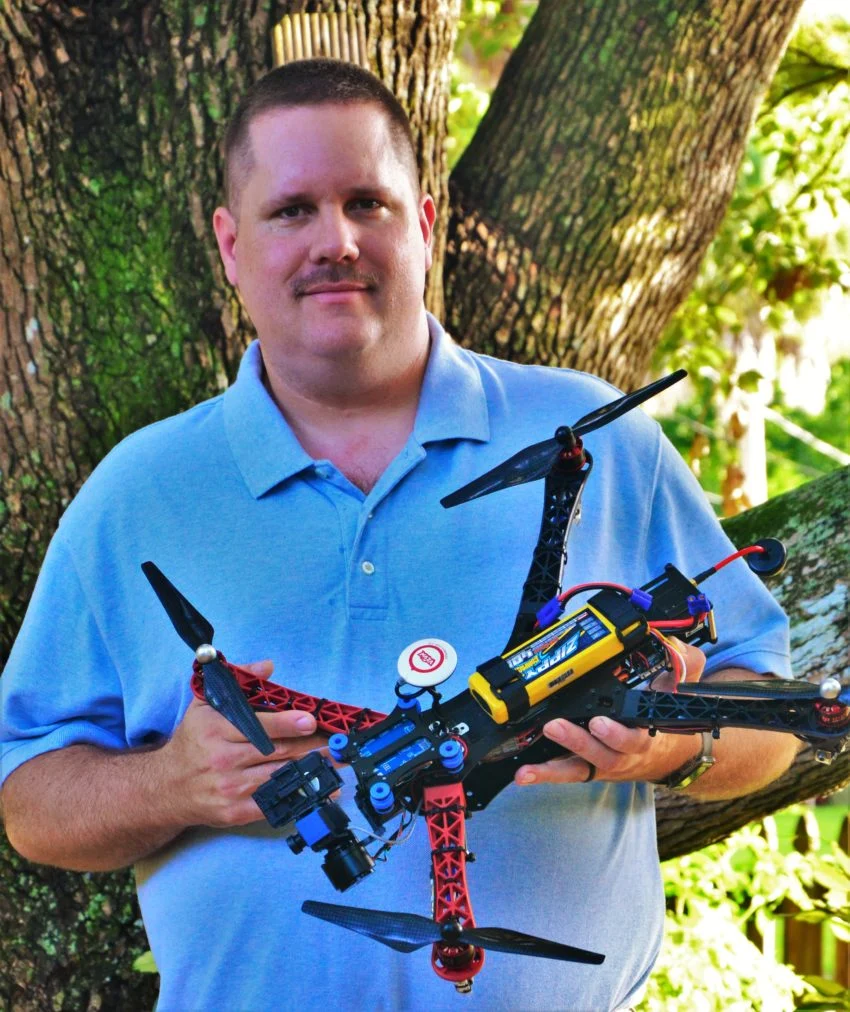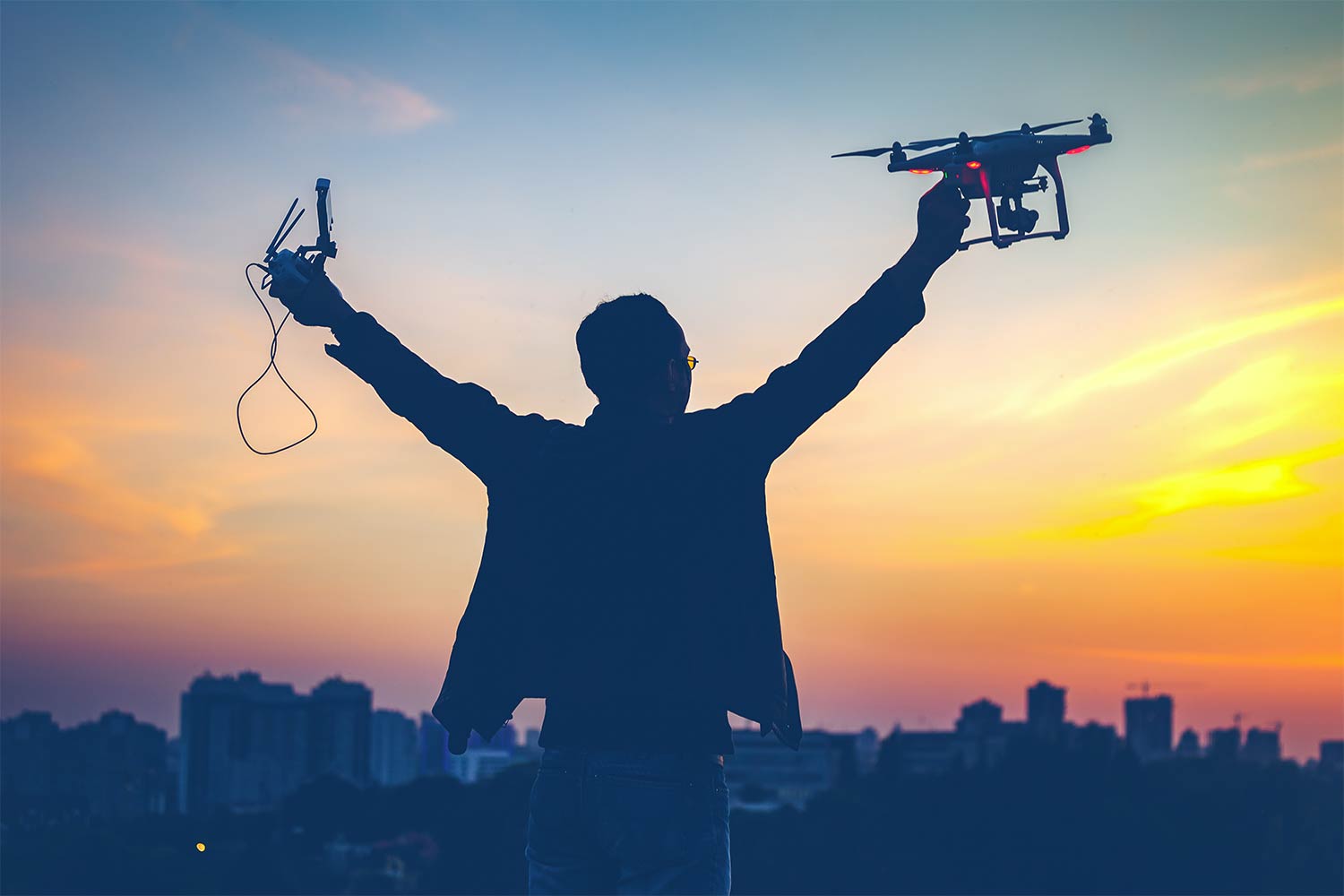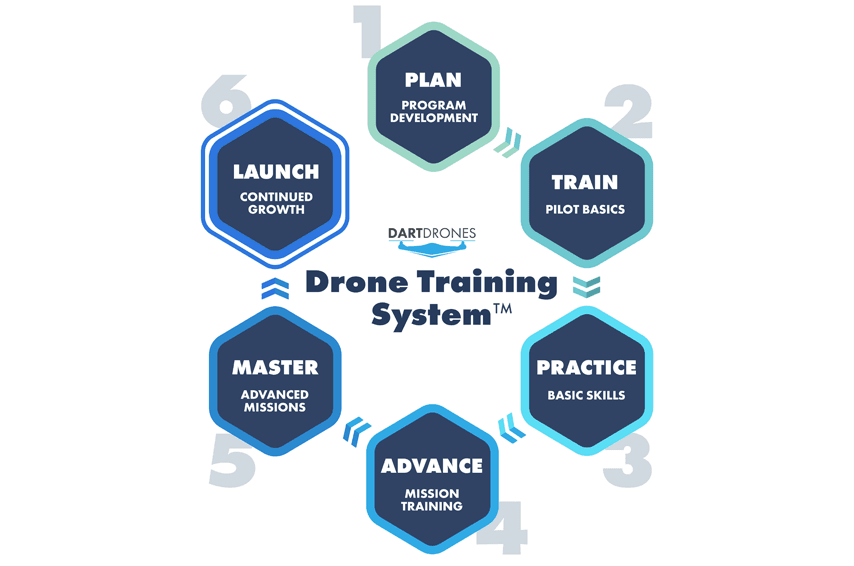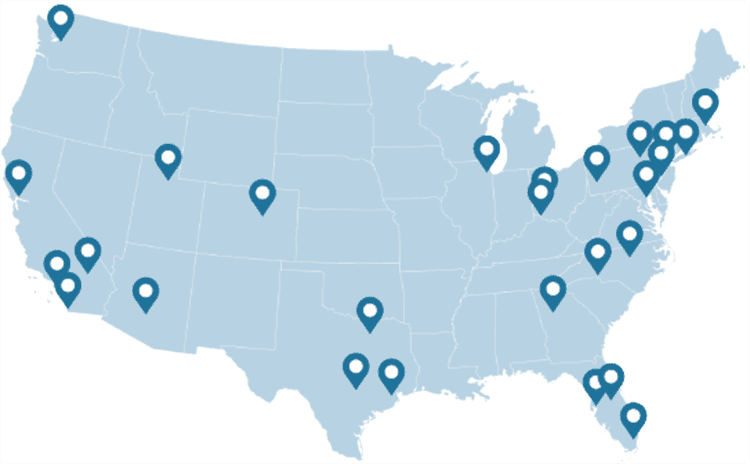
Law Enforcement Drones – What affect’s your drone program?
So you’ve decided law enforcement drones are a part of your public safety agency’s future.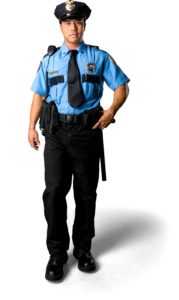 You are moving into the most important phase of your Unmanned Aerial System unit development: laying the foundation. The goal of this stage is not to set limits on what the Unmanned Aerial Vehicle unit will become, but to be open to realistic possibilities of how it can benefit your agency, and your community. As you move forward, this initial framework will become more refined.
You are moving into the most important phase of your Unmanned Aerial System unit development: laying the foundation. The goal of this stage is not to set limits on what the Unmanned Aerial Vehicle unit will become, but to be open to realistic possibilities of how it can benefit your agency, and your community. As you move forward, this initial framework will become more refined.
Determine Your Agency’s Needs
The first step is to sit down and objectively determine your agency’s needs. Every agency will be different. Some agencies are very large, cover a large geographic area, have hundreds of officers. Agencies like that deploy law enforcement drones daily. Others might be small town departments with only a few officers. They might fly a UAV a few times in any given month. Agencies of all sizes deal with many of the same calls for service in which a UAV could be an important tool to have available. With the myriad options in today’s UAV marketplace, almost any agency can use a UAV as a resource.
The Right Drone Model Based on Your Location
The geography of your jurisdiction is the first factor to consider. You might consider a fixed-wing UAV as an option if your agency covers large areas of rural land. In a more urban/suburban environment, a multirotor with vertical takeoff and landing capability, quick deployment, and stabilized station-keeping ability, would be more useful. For some agencies, a combination of fixed wing and multirotor UAVs can be used together to accomplish the mission.
Also, take into consideration the local environmental conditions. An area that has a constant breeze might require a larger aircraft, with more power available, than a location where the wind is usually calm. A higher elevation location might also influence your aircraft selection because of performance limitations.
Fixed-wing UAV operations are typically more complicated than multirotors, but they can provide some distinct advantages. Do not rule them out if your agency could effectively use them.
What Are the Uses for Law Enforcement Drones?
Typically, when you begin talking with others regarding law enforcement drones, even when they have no previous drone experience, they will begin to think of many ways where a UAV would be a useful tool. This is a great way to brainstorm out-of-the-box ideas to increase the usefulness of the UAV unit.
Talk to other divisions, and specialty units, regarding where they could use a UAV in their day-to-day operations. This may open up possibilities you never considered and help other units be more effective. A detective division may want an aircraft that has the capability of extended flight time, quiet operation and a zoom camera for surveillance work. A SWAT team may be able to use a micro UAV for checking a house during a barricaded suspect call. Patrol may be best suited with an aircraft with forward looking infrared (FLIR) capability for night operations.
Your agency’s crime analyst, or records specialist, is a great resource. The information they record and track can give an idea of: what types of calls are common? When do they happen? Where do they happen? With this information you can begin to tailor the law enforcement drone program to your agency’s specific needs.
What Experience Is There Within Your Agency?
Developing a UAV unit is a very technical assignment. It requires knowledge of FAA drone regulations, aircraft performance, sensor operation, ground and flight training, budgeting, agency policy, and local, or state, laws regarding the use of UAVs. The development of the law enforcement drone unit is best served by a team of individuals that can bring different knowledge and skill sets to the table.
Next, find out if anyone in the department has manned aviation experience. A UAV unit will operate very similarly to that of a manned aviation unit. It is very helpful to have someone well versed in airspace, weather, and FAA regulations.
You may find a remote controlled aviation hobbyist. They can be a great resource for the operation of the UAV, and have knowledge specific to remote controlled aviation.
Talk with your agency’s finance department. They can assist with information about budgeting, or might have experience with writing grants. A good grant writer can be worth their weight in gold when it comes time to purchase equipment.
It’s always a good practice to speak with your legal department as well. Public safety use of UAVs is a very new territory. Few case law examples currently exist to clearly define these laws. Your legal department protects the agency and may be able to clarify the legalities of your intended operations.
If the experience within your agency is limited, contact other agencies that are developing their own UAV units. Even better, find one that already established an operational law enforcement drone unit. I haven’t come across anyone who wasn’t more than willing to share information. Even if you have a large amount of experience available, networking with other agencies is still a very worthwhile exercise.
Every Journey Begins with a Single Step
Your goal at this stage is not to know the exact destination, but to develop a general direction of where to go and how to get there. Outlining the factors involved provides a great insight to what the general direction needs to be. This is only the beginning stage, and the road will have some bumps, but the preparation that you are able to accomplish now, will make the road much smoother.
Continuing Education
This is the fourth part of a series that looks at implementing a police drone program for your institution. For more information on launching a drone program or getting your Part 107, visit us at www.dartdrones.com or call us at 800-264-3907!
Mike Uleski is one of DARTdrones many expert drone pilot instructors and also a public safety officer. He has written extensively about police drone programs and more for DARTdrones about how police can use UAVs. He wrote this post about law enforcement drones.

